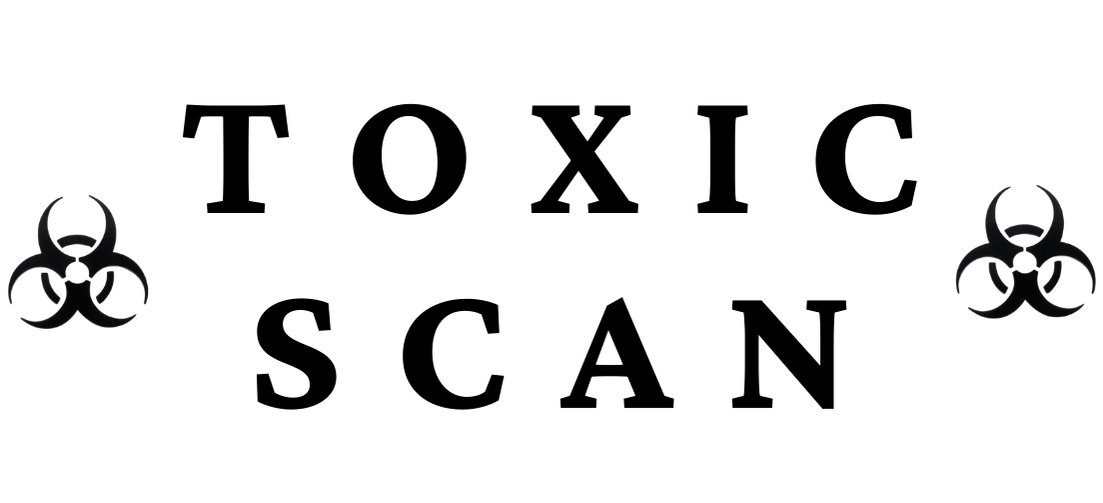E220: Sulphur Dioxide
E220: Sulphur Dioxide
What is E220 (Sulphur Dioxide)?
Sulphur Dioxide (E220) is a colorless gas with a strong, pungent odor that serves as a preservative, antioxidant, and antibacterial agent in food production. It has been used for centuries in winemaking and food preservation due to its effectiveness at preventing microbial growth and unwanted oxidation.
Source and Production
Sulphur dioxide is produced through several methods:
- Industrial production:
- Burning elemental sulphur in oxygen
- Roasting sulphide ores
- As a byproduct of industrial processes 2. Purification: The gas is collected and purified to meet food-grade standards 3. Formulation: Prepared in various forms for food applications:
- Compressed gas
- Solutions (in water or alcohol)
- Salts (sulphites) that release sulphur dioxide
While it can occur naturally in small amounts (e.g., in some fermented products), the food additive form is industrially manufactured.
Common Uses in Food
E220 is used in a wide variety of food products, including:
- Wines and beer
- Dried fruits (especially apricots, raisins, and figs)
- Fruit juices and concentrates
- Vinegar
- Processed potatoes (frozen, dried)
- Shellfish (to prevent melanosis or "blackspot")
- Jam, jellies, and preserves
- Some baked goods and pastries
- Sausages and processed meats
- Pickled vegetables
- Soft drinks and cordials
Functional Roles in Food
Sulphur dioxide serves multiple purposes in food:
- Antimicrobial action: Prevents growth of bacteria, yeasts, and molds
- Antioxidant properties: Prevents browning and oxidative spoilage
- Preservative function: Extends shelf life of various foods
- Bleaching agent: Maintains appealing color in certain foods
- Dough conditioner: Improves texture in some baked goods
- Reducing agent: Chemically reduces other compounds in food
Health and Safety
Safety Assessment
Sulphur dioxide has been evaluated by various regulatory bodies:
- The European Food Safety Authority (EFSA)
- The U.S. Food and Drug Administration (FDA)
- The Joint FAO/WHO Expert Committee on Food Additives (JECFA)
The Acceptable Daily Intake (ADI) has been established at 0-0.7 mg/kg body weight by JECFA.
Safety Concerns
Several health concerns are associated with sulphur dioxide:
- Respiratory reactions: Can trigger asthma attacks and breathing difficulties in sensitive individuals
- Allergic-type reactions: Can cause skin rashes, hives, and headaches in some people
- Digestive issues: May cause stomach pain, nausea, or diarrhea
- Thiamine (Vitamin B1) depletion: Can break down thiamine in foods
- Hypersensitivity reactions: Some individuals experience more severe reactions even to small amounts
High-Risk Populations
Certain groups are at higher risk for adverse reactions:
- People with asthma (5-10% are estimated to be sulphite-sensitive)
- Individuals with sulphite allergies
- Those with respiratory conditions
- People with certain genetic variations that affect sulphite metabolism
Regulatory Status
The regulatory status of E220 varies globally:
- European Union: Approved as E220 with specific maximum limits for different food categories
- United States: FDA approved with limitations; requires labeling when present at 10 ppm or higher
- Australia/New Zealand: Approved with mandatory declaration on food labels
- Canada: Permitted with similar restrictions to the U.S.
Many countries require warning labels or declarations when sulphites exceed certain thresholds, typically 10 ppm.
Labeling Requirements
Sulphur dioxide may be identified on food labels as:
- E220
- Sulphur dioxide
- Sulfur dioxide (U.S. spelling)
- Preservative (220)
- "Contains sulphites" or "Contains sulfites" (when above threshold levels)
Due to its potential to cause severe reactions in sensitive individuals, many jurisdictions mandate clear labeling when sulphites are present above certain levels.
Alternatives to E220
For those looking to avoid sulphur dioxide, alternative preservation methods include:
-
Natural preservatives:
- Ascorbic acid (Vitamin C, E300)
- Citric acid (E330)
- Rosemary extract (E392)
-
Processing techniques:
- Pasteurization
- Refrigeration
- Modified atmosphere packaging
- High-pressure processing
-
Fermentation:
- Natural fermentation (for some products)
- Biopreservation using beneficial microorganisms
Consumer Awareness
Consumers should be particularly aware of sulphites in:
- Wine (especially white and sweet wines)
- Dried fruits with very bright colors
- Pre-cut or prepared potatoes
- Prepared salads and vegetables
- Restaurant foods (particularly salad bars)
- Packaged lemon and lime juices
People with sulphite sensitivity may need to avoid these foods or seek specifically labeled "sulphite-free" versions.
Conclusion
E220 (Sulphur Dioxide) is an effective preservative that has been used for centuries, particularly in winemaking and fruit preservation. However, its potential to trigger serious respiratory reactions in sensitive individuals, especially asthmatics, warrants its moderate toxicity rating of 3. While most people can consume foods containing sulphur dioxide without issue, the requirement for warning labels in many countries reflects the legitimate health concerns for vulnerable populations. For those with known sensitivities, careful label reading and avoidance of high-sulphite foods is recommended.
